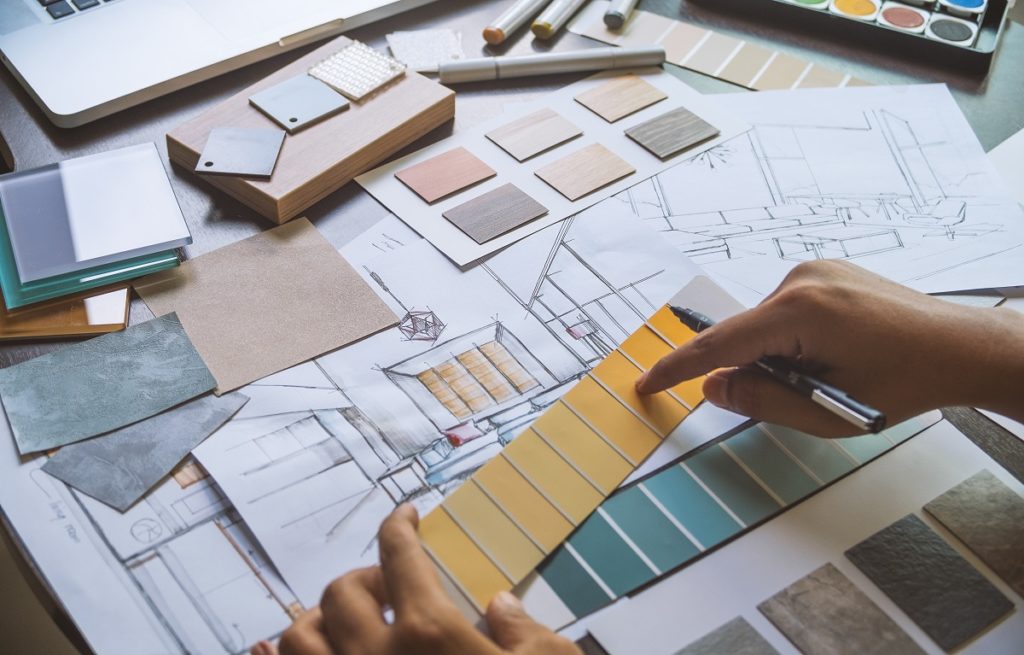In recent times, major cities throughout the world have seen a steady increase in population, which, in turn, drives up the cost of housing. And as more people decide to age in place, it can be difficult to find the right renovation project to maximize limited space while creating a beautiful and comfortable home. Here’s why you could see the perfect solution by applying the Scandinavian and industrial, other known as Scandustrial, design to your long-term home.
What is Scandustrial interior design?
You may find it hard to keep track of all the up-and-coming trends in interior design, but ‘Scandustrial’ design is simply a fusion of two familiar, well-established interior design aesthetics.
The Scandinavian design traces its origins to the 1950s and has never gone out of vogue since. It’s a timeless staple with an emphasis on a clean and simple look, prioritizing function and practical elements.
Meanwhile, industrial interiors became popular with the repurposing of large warehouses and similar industrial structures into event spaces, studios, and residences beginning in the 1960s. It utilizes in-place industrial architecture and highlights the stripped-down surfaces and details, such as brick facades, reclaimed wood, and exposed pipes.
These two interior design aesthetics can have considerable overlap. The Scandustrial design, at its best, works with those common elements while using the differences of each style to complement and balance the other.
Playing to strengths, balancing weaknesses
Outside the realm of art and design, few people have a solid technical grasp of the use of negative space. Yet we are all instinctively aware of the soothing, space-enhancing properties of a thoughtfully laid out, clutter-free room.
When you apply Scandinavian design, the light, neutral palette, clean lines, and carefully chosen furniture all help to make a small home seem larger. Meanwhile, industrial design’s embrace of practical, in-place elements such as concrete and wood allows your redesigned project to be very cost-effective. This can be especially relevant in places where the rising cost of living makes floor space even more precious, such as Utah. Industrial techniques like metal fabrication allow for endless possibilities in the use of steel or wrought iron to create contrast against the clean and light Scandinavian tones. Meanwhile, Nordic-inspired elements, such as fur throws and other textiles, will give more warmth to any interior. In this way, you can work with the best of both design aesthetics while balancing out their weaknesses.
Maximizing opportunities for personalization


Since Scandustrial designs are cost-effective and make great use of available space, you’ll find that there’s plenty of room for personalization after the main elements have been fleshed out. While it can be tempting to use the remaining resources by filling out space with personal touches, restraint is still essential. Otherwise, you may even lose the relaxing, expansive benefits of that hard-earned negative space.
Industrial elements, in particular, tend to age well and acquire a character of their own. You just have to be patient and give them time to develop a patina, pick up a few knocks and scratches, and so on. Also, pick simple decorative accents such as geometric prints, or add indoor plants and flowers to bring a touch of freshness into any room. Another option is to choose to personalize one item, like a leather sofa, and make it the centerpiece of your interior design.
When you’ve decided to settle down for the long term and don’t have the luxury of working with a large floor area or unlimited resources, Scandustrial design techniques will help you fashion the home of your dreams with these practical considerations.

